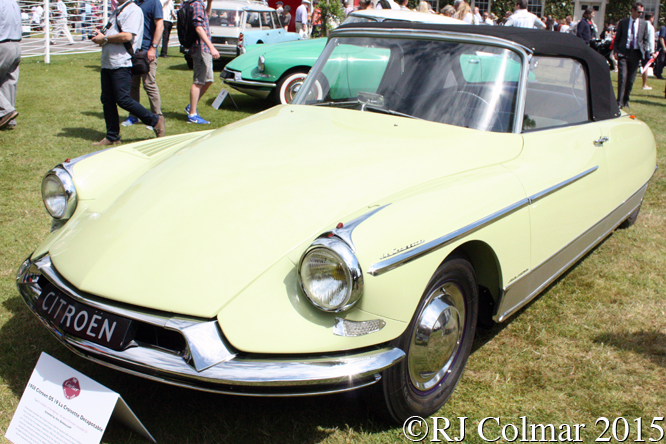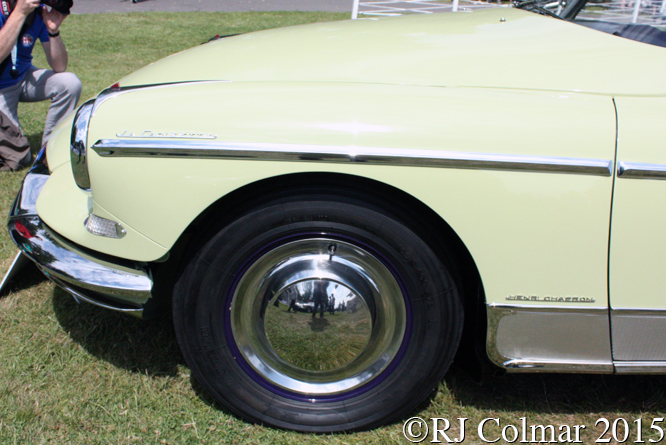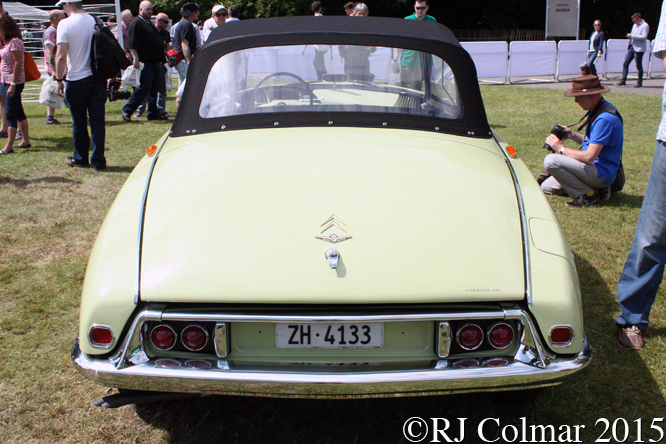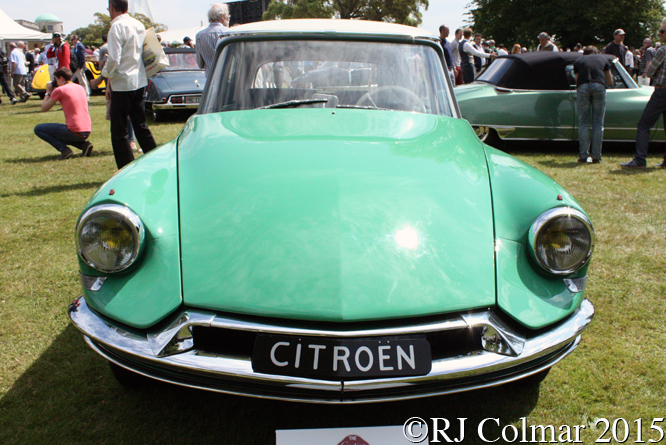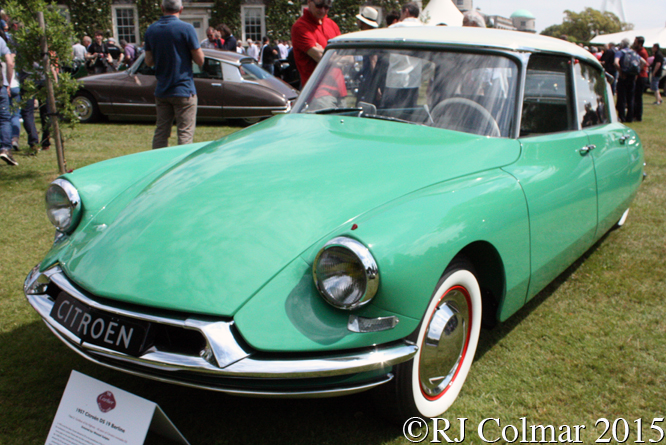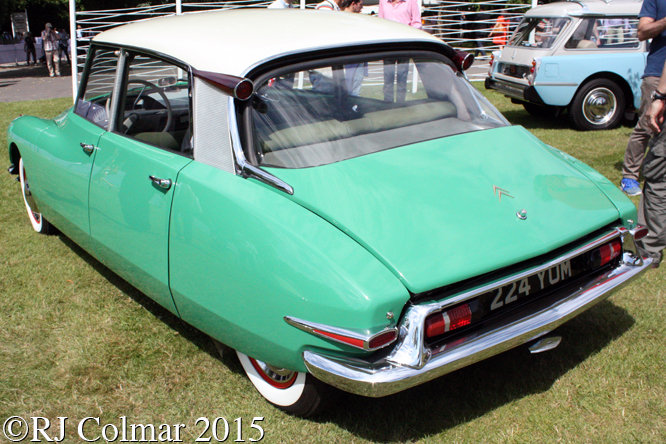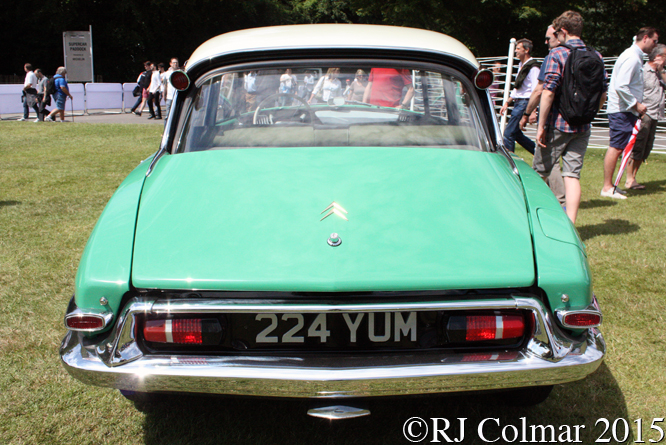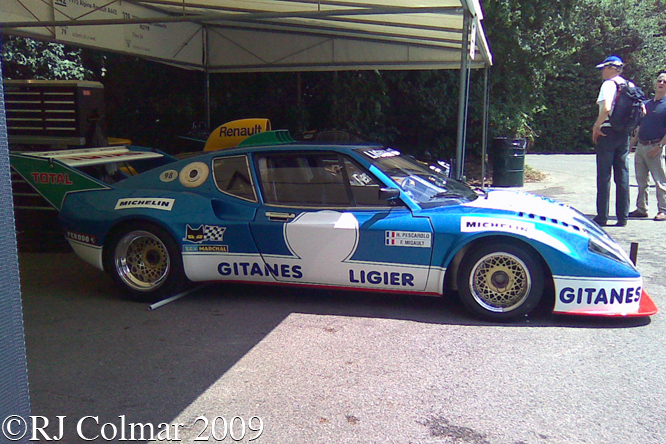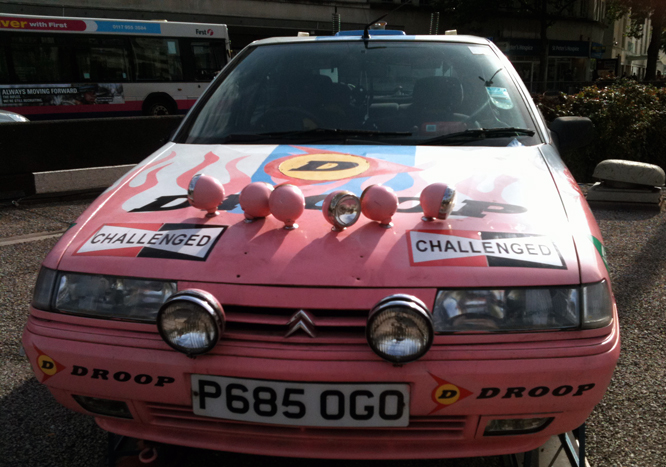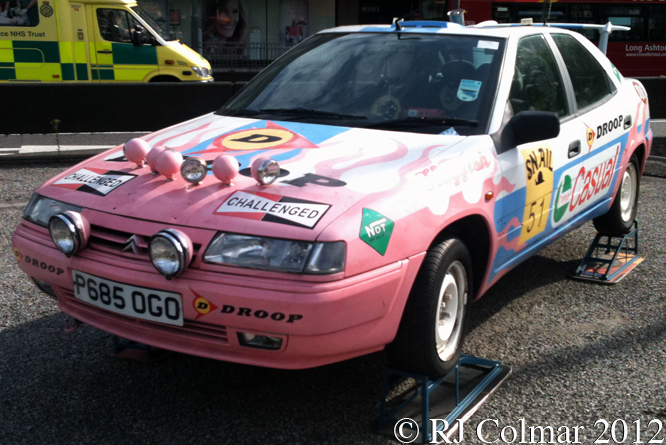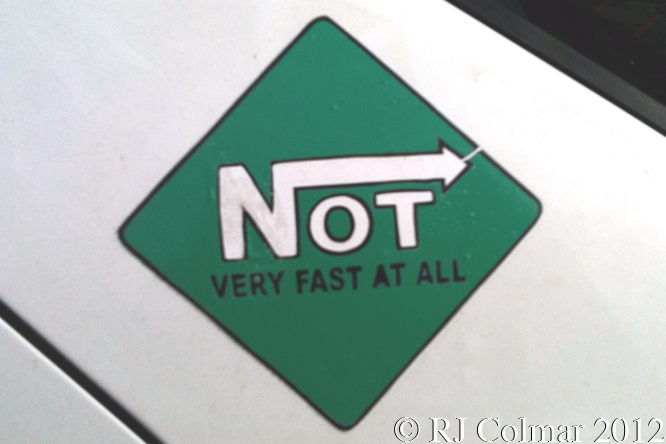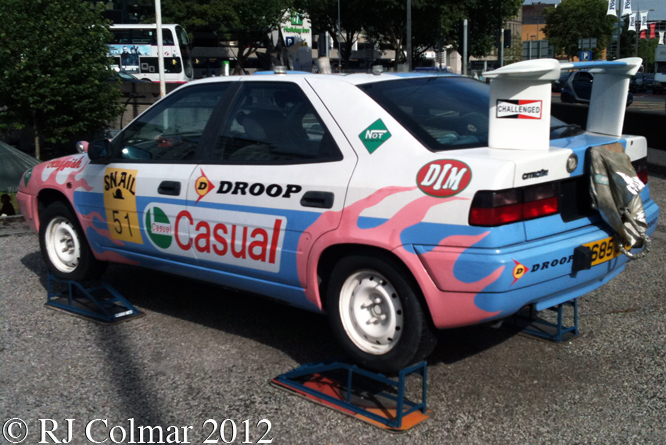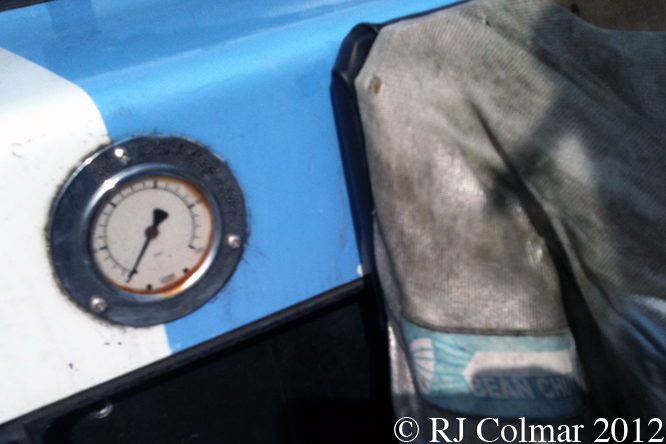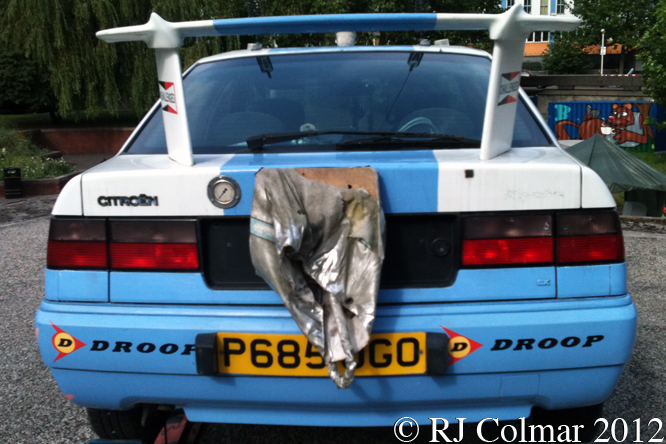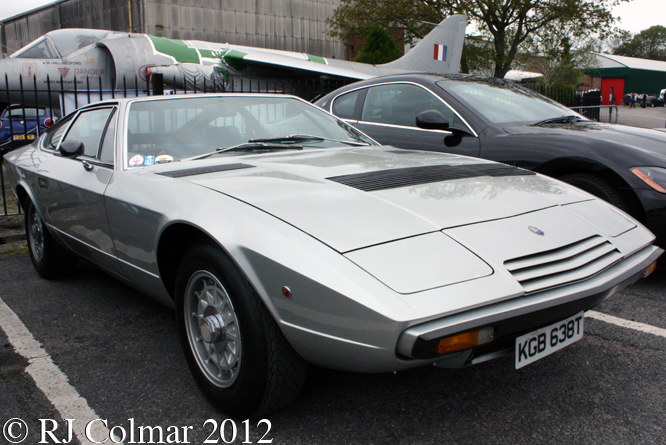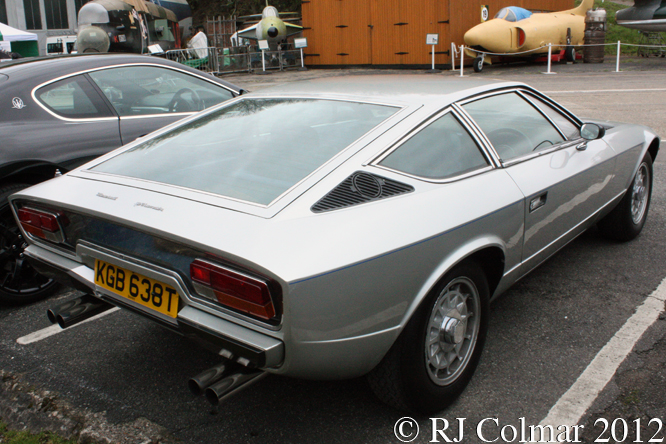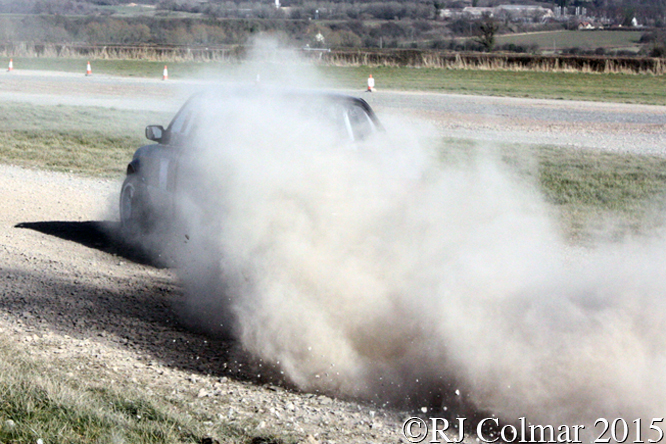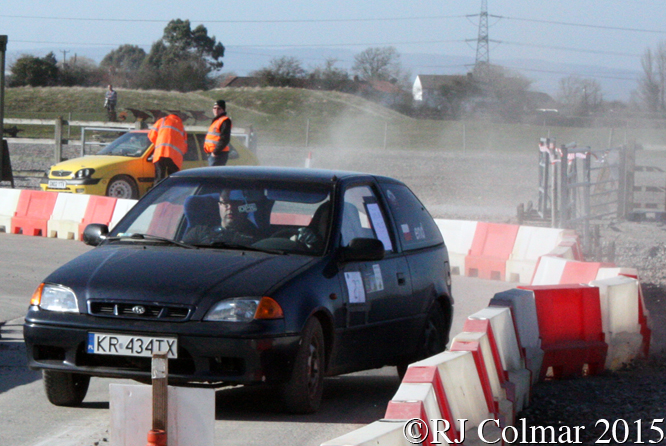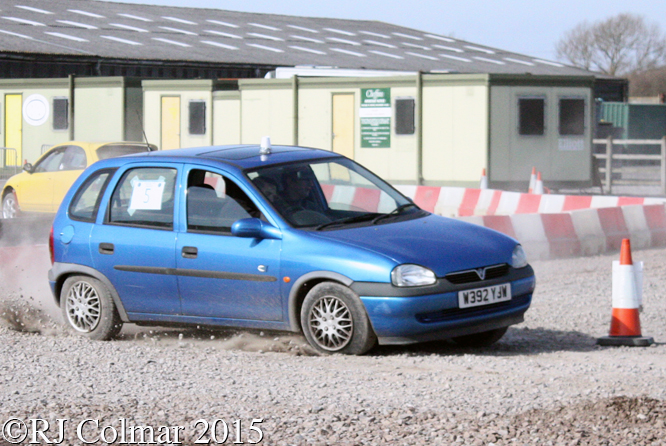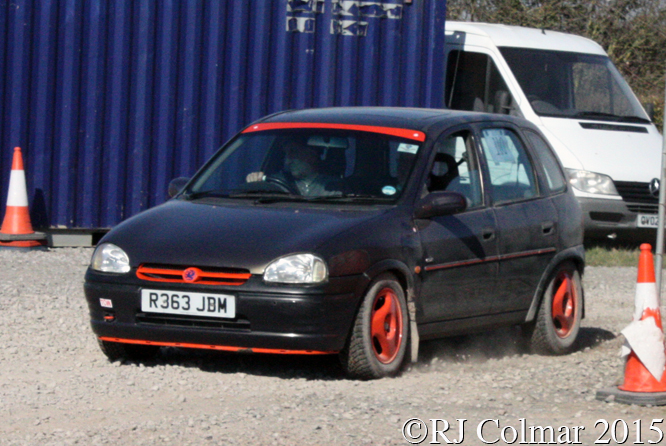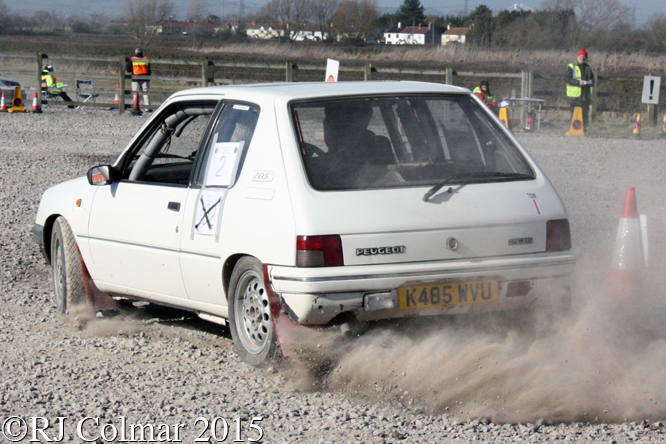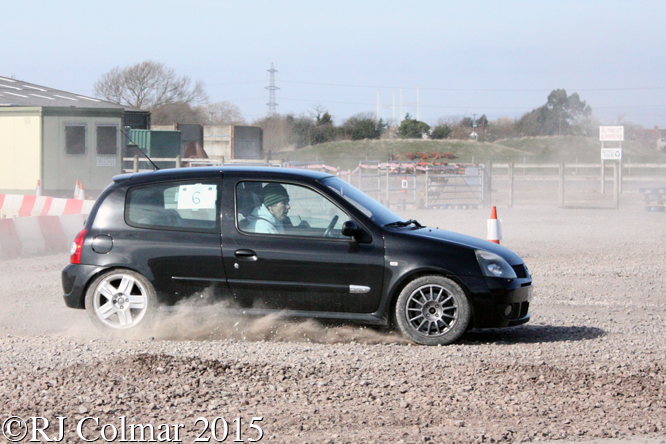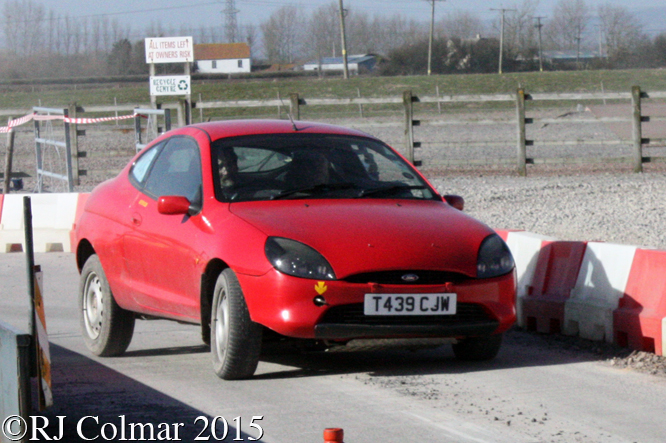From 1961 Citroën commissioned Henri Chapron to build the DS19 Usine (factory) Convertible’s to order for distribution through the Citroën dealer network.

The Usine unlike the earlier Chapron devised La Croisette Decapotable was based on Flaminio Bertoni’s drawings for a DS Cabriolet.

As might be expected from the most expensive model in the DS range the Cabriolet d’Usine was kept up to date with all the latest DS face lifts which in 1968 included a reworked nose by Robert Opron who would go on to style on the Citorën SM and CX models.
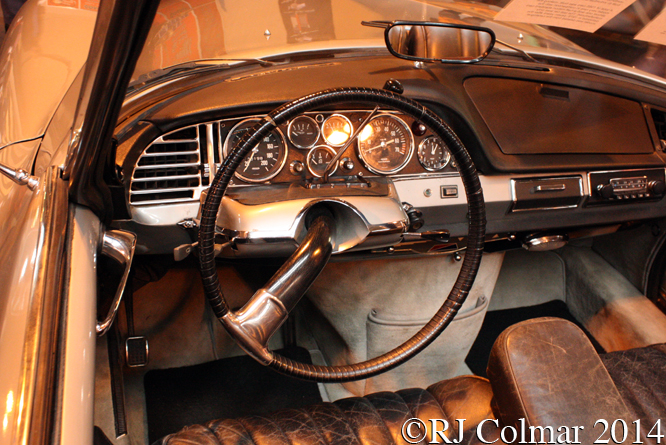
The DS third face lift by Opron included a pair of headlights in the front wing/fender cluster that swiveled up to 80° with the steering to improve the drivers vision when cornering.
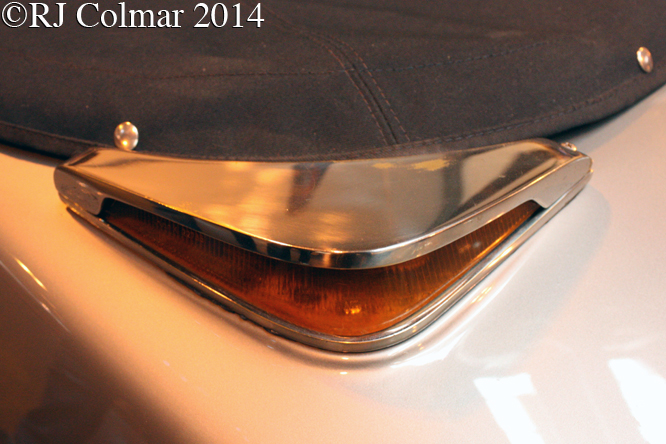
The swiveling headlight feature was pioneered on the 1935 Tatra T77a and copied by the 1948 MY Tucker 48, which never went into full scale production, both of which had a third central headlight that swiveled with the steering.
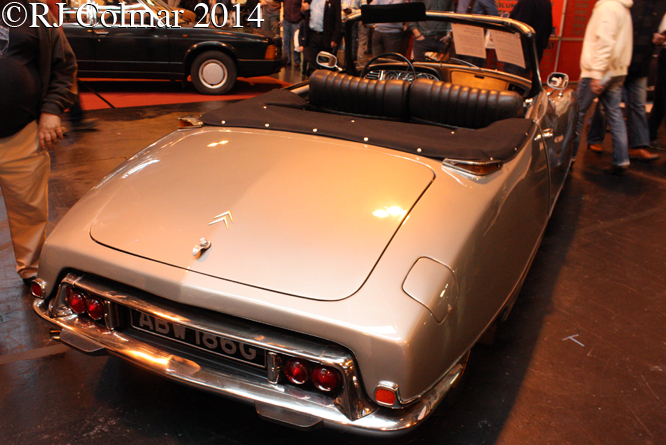
This car is officially registered as having been built in 1969 when just 47 DS21 variants, with the original DS type hydraulically operated transmission and DS21 M with conventional manual clutch operated transmission were built.
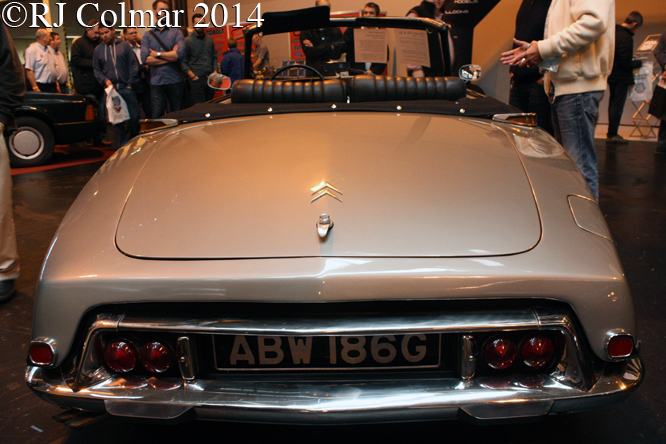
With a motor officially registered as 1985cc / 121 cui this model would be a DS20 Cabriolet d’Usine meaning either a clerical error as by 1969 only DS21 Cabriolet d’Usine’s with 2,175cc / 132 cui motors were built or this vehicle is no longer powered by it’s original motor, there never having been a factory catalogued DS20 Cabriolet d’Usine so far as I know.
Thanks for joining me on this “Almost Factory Catalogued Convertible” edition of “Gettin’ a li’l psycho on tyres”, I hope you will join me again tomorrow when I’ll be visiting the revival of the Chateau Impney Hill Climb. Don’t forget to come back now !



